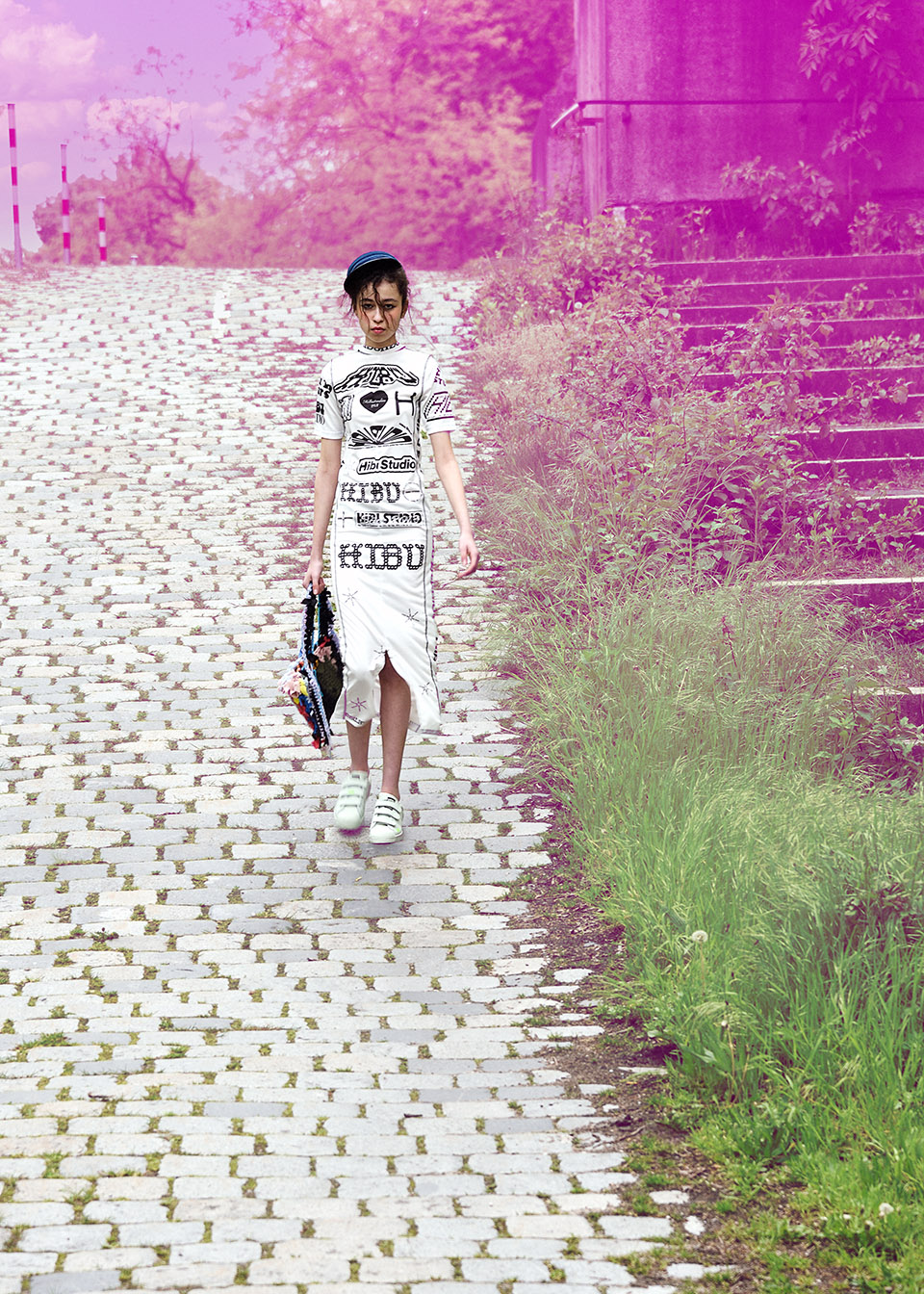
Based on an aspirational future in which “All roads lead to Rome” and our entire wardrobes are sustainable and ethical, we’re showing you different ways to start finding your personal style while reducing your fashion carbon footprint. With the fresh-faced Charlene, part of the next generation of models, captured by Nuremberg-based photographer Thomas Probosch and with make-up by ZOOT creative director Antonia Rosa, we spin our latest editorial around the possibilities of eco-conscious fashion with an eye toward tomorrow.
Photography and film by Thomas Probosch
Music by Tony Corlett
Styling and production by Andrea Probosch
Make-up and hair by ZOOT beauty editor Antonia Rosa using Clarins
Model Charlene at The Future Management
Words by Michaela Doyle
Special thanks to Lucia at First Model Management and to Polina.
Unlike ten years ago, consumers today have the benefit of expanded choice when it comes to sustainable fashion. But there is always room for improvement. Featured below are clothes produced using sustainable techniques such as up-cycling and recycling, as well as sustainable textiles like deadstock fabrics and those made locally, through traditional handicraft techniques and through innovative low-impact technologies. High-quality luxury products that are durable, versatile and made to stay in your wardrobe for decades are also featured, and because the most sustainable option is what you already have in your closet—or someone else’s—vintage pieces make a distinguished comeback.
Sustainable fashion can often seem characterized by contradictions: what was old is made new again; what was destined for the landfill is now a garment, or indeed wearable art. For the editorial’s shoot location, Thomas chose a place with its own complex and contradictory meanings: Reichsparteitagsgelände, or the Nazi party rally grounds in Nuremberg, which is now the site of the Documentation Center. What is simultaneously the setting for a rock concert in a kid’s memory is also the setting for a disturbing show of force in the collective memory. And what was once a colossal testament to terror is now beginning to crumble and be reclaimed by nature. As Thomas explains,
For those of us who were born here, we grew up with this area and experience it under different circumstances. Be it for a Sunday walk, as stage for rock or classical concerts, motorsport events or on the way to the football stadium. My father used to take me there to motor races when I was little. My school was nearby, so I passed the area on my way on my bicycle. The awareness must never stop — though we keep on searching for different meanings.
I moved away from Nuremberg when I was about 20, and only returned to live here again 30 years later. Taking pictures in these areas now feels like time traveling, comparing images from my memory with their current visual appearance. If I will ever be able to understand what was going on, I don’t know. A strange feeling certainly remains, wether I just visit the area or take photos.
It is a location burdened with a painful history—but also a visceral representation of the imperative to use what we have now while always remaining conscious of and learning from the past, as we rework, redefine and find beauty in a future that will be lived better.
Made local:
from Portugal and Germany

Designer Marta Gonçalves on her label HIBU…
HIBU STUDIO is a Portuguese brand that believes that gender is irrelevant to the conception of its pieces, introducing cultural references to a deconstructed minimal aesthetic and a causal approach to design.
All our clothing are made from high-quality materials but also dead stock material collected in Portugal. Everything is manufactured in Portugal. … We have a 100% Portuguese production. We work with small factories form the north of Portugal but also with some Portuguese crafters, keeping the essence and some old techniques on our products’ production development.
Reuse:
upcycled and recycled metal and fabric
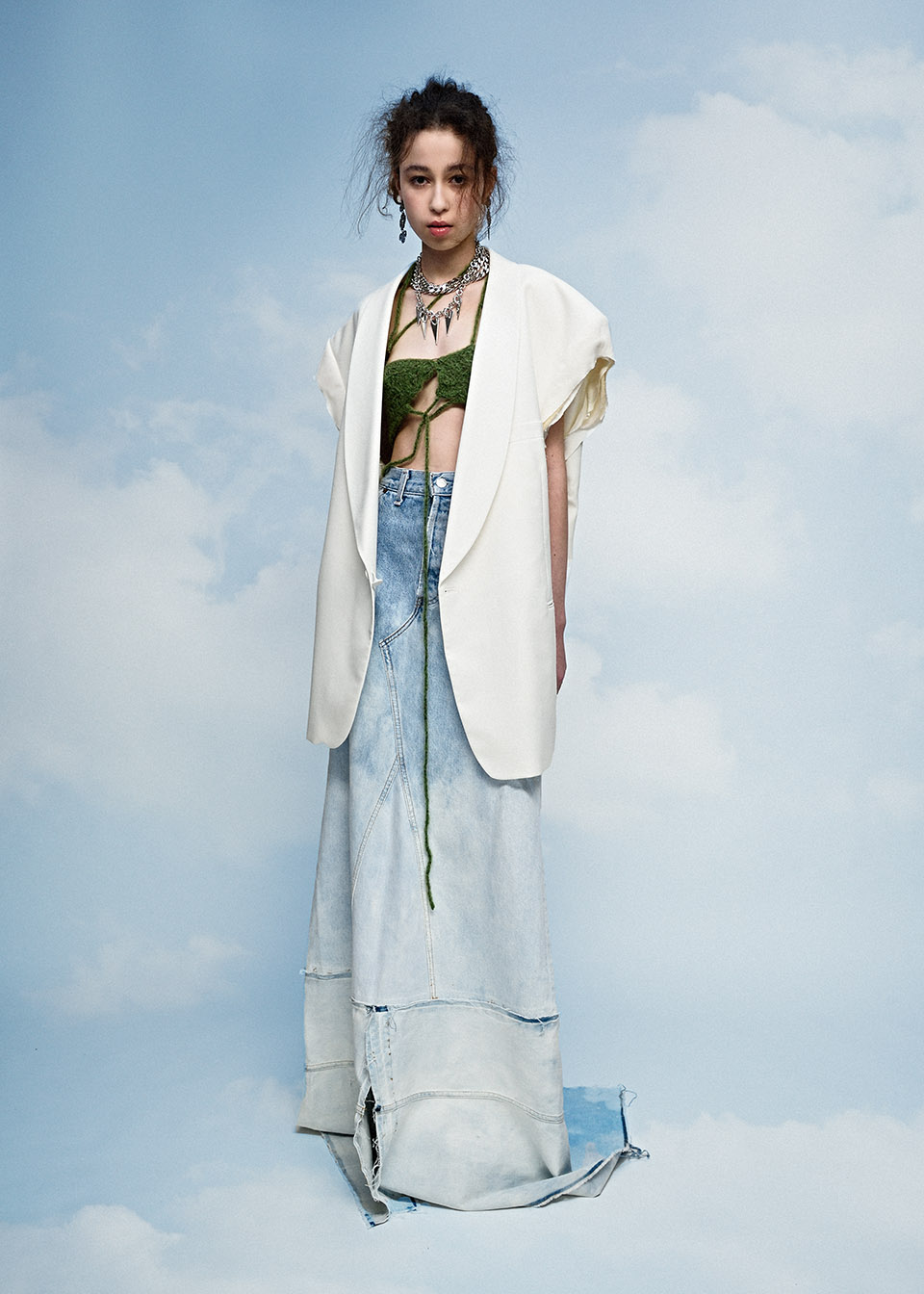
Polina Pravdikova of NON SEN SE upcycling on fabric resources…
I use existing second-hand garments, fabric and wool remnants and dead stock. With the vast amounts of materials already available, the use of new resources makes no sense to me.
Charlene wears BRIGITTE ADOLPH pendant earrings “Turandot” from the lace collection in black rhodium-plated silver, made from recycled precious metal in Germany; vintage leather necklace; NOËN “Dolce” rings black rhodium-plated silver with milky quartz stone and with black hematite stone; all available at GALERIE VOIGT.
Rework:
upcycled dresses + urban mining jewels

Charlene wears NIESSING paper-thin precious metal folded by hand “Topia Vision” creoles, space bangle and ring in gold and ring with 52 diamonds in classic yellow gold, all available at GALERIE VOIGT; NON SEN SE upcycled black silk dress, made of two secondhand dresses.
Niessing on ecological responsibility…
Niessing precious metals are obtained in a sustainable manner. Our suppliers (refineries) for precious metals confirm in written statements that the gold we are using is exclusively from the recovery of secondary resources (recycling), which is also referred to as urban mining. We obtain precious metals from certified German and Swiss refineries. The entire alloying process takes place at Niessing in the manufactory, where recycling and reutilization also have top priority. … Since 1873 until today, the manufactory with its workshops is at the heart of Niessing, in Vreden, Germany.
Remade:
discard diversion

Marta Gonçalves from HIBU STUDIOS on sustainability…
The most important for us is to create timeless pieces with good quality materials that people can keep it for years. We also design unisex clothes, with the intention to start the possibility on sharing pieces.
We work with Portuguese producers, offering fair work environments to their teams. It is important for us to work close to them, keeping a good relationship and be aware of the work processes and methods. We choose doing small quantity productions, avoiding mass production, which also makes our garments more unique. Normally, half of the collection is made by using deadstock material also found in Portugal. Even though it is still a process in terms of finding organic materials with fair prices, for every collection we try to be more aware of how can we include new sustainable materials.
Remain:
buying vintage fashion

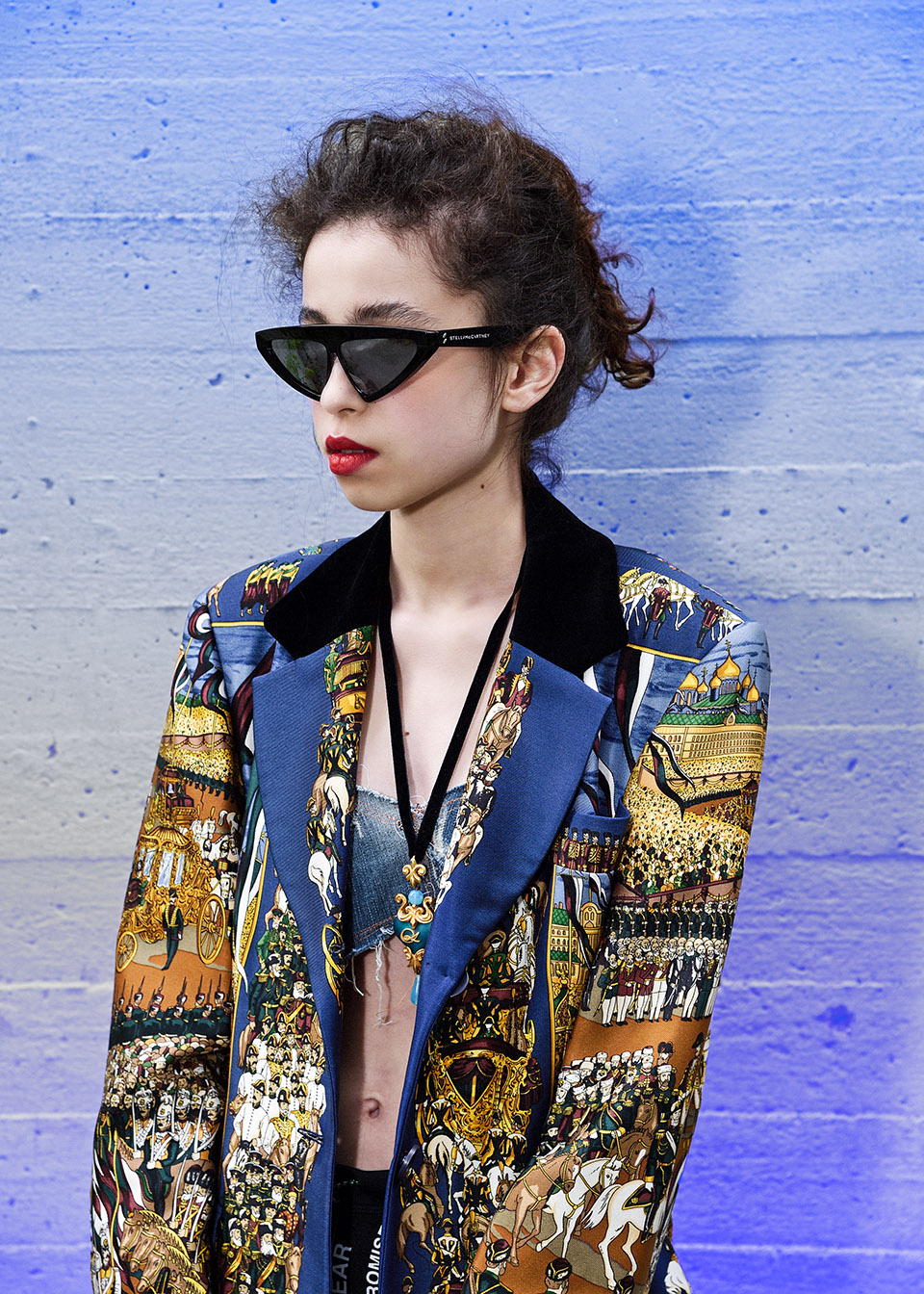
Tanja Hechtel, owner of Divas of Vintage on vintage clothing…
Sustainability comes automatically from classic pieces that have quality. You can always wear a Chanel jacket made of boucle or a silk Hermès blazer. These pieces just need to be put into a modern context. There is no expiry date for good fashion.
Good pieces do not need to be recycled. For me, its about reconditioning and buying essential pieces of a designer, with quality and longevity. They are timeless, can always be reinterpreted and remain with us.
Upcycled:
secondhand, second life
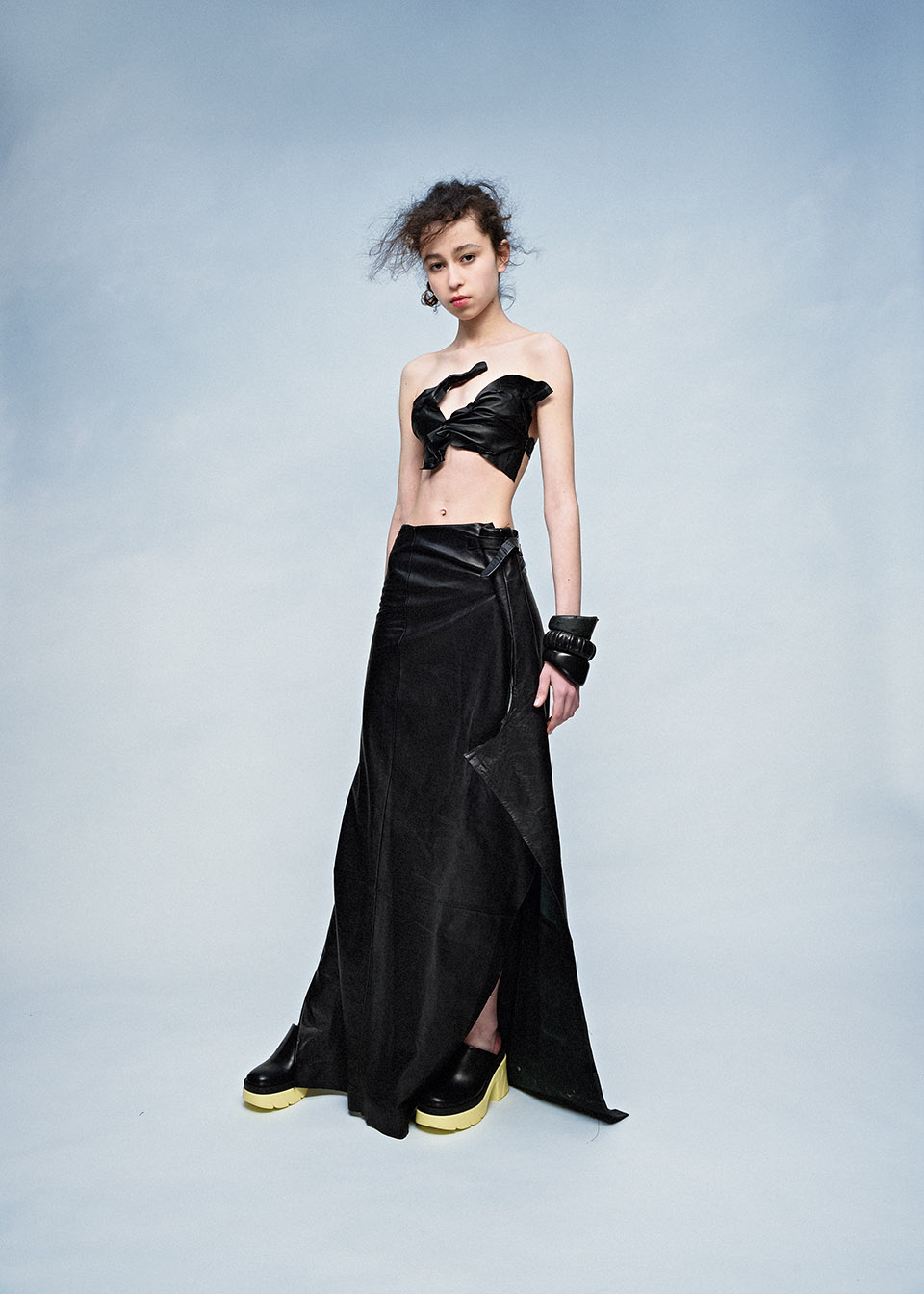
Polina Pravdikova of NON SEN SE upcycling about reworking fabrics…
The reworking gives the secondhand garments a second life. From an old-fashioned, discarded piece, something modern and trendy can emerge. That’s the challenge I’m taking on, but it’s also incredibly fun and hopefully makes a small contribution.
Out of deadstock:
felt and fabric

Elisabeth Spatz-Diestler on sustainable design…
I work with the highest quality materials, so economical use of materials is key. But now I’m going one step further with a special collection: I’m giving couture the rest; I make art out of waste, turning waste into hat fashion. Felt scraps are ironed, cut into strips, sorted by color and then sewn together and modeled.
Sustainability is not only in fashion, but also in living. I have furniture that has been with me all my life. I think if you don’t live sustainability yourself, the fashion you produce can’t be sustainable either.

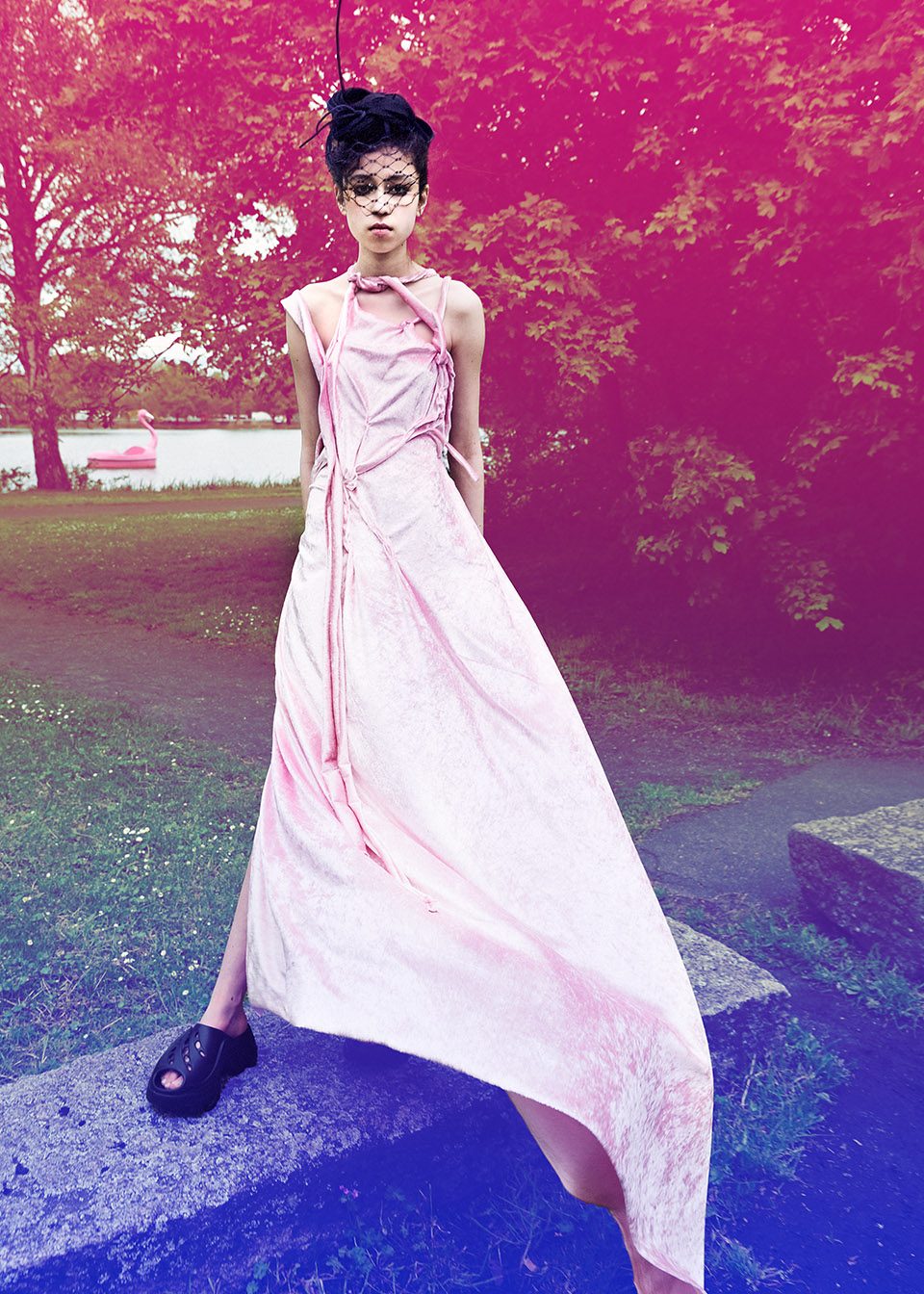
Polina Pravdikova of NON SEN SE upcycing…
Every garment is unique. Not perfect, but unique.
Circular model:
made to be remade

adidas on circular fashion …
We’re moving toward new ways of returning and remaking. Products Made to Be Remade, not thrown away. Wear it out. Send it back. We’ll remake it. A better choice for both you and the planet.
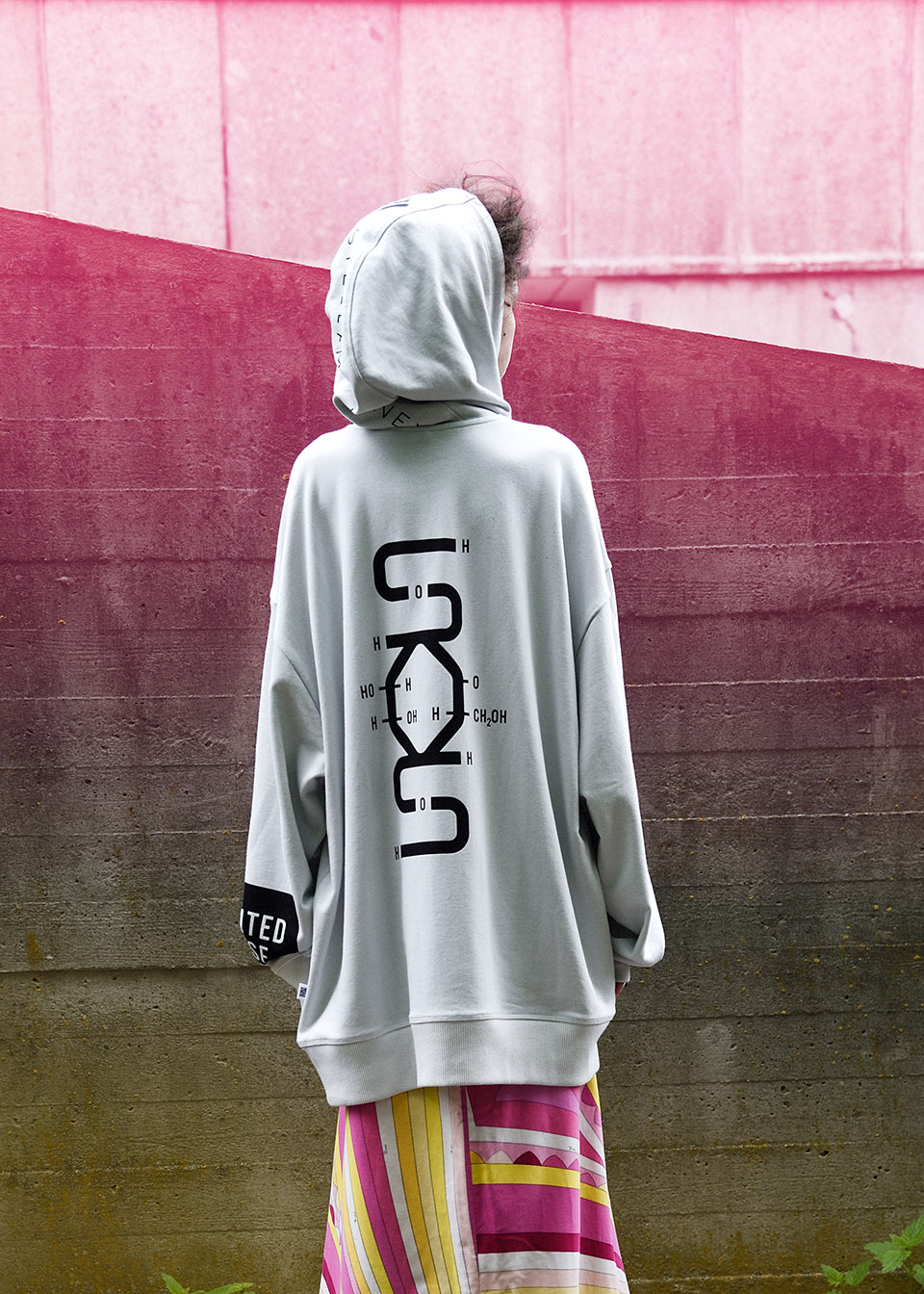
The new cotton project explained…
In a world first for the fashion industry, twelve pioneering players are coming together to break new ground by demonstrating an entirely circular model for commercial garment production.Over a three-year period, textile waste is collected and sorted, and regenerated into a new, man-made cellulosic fiber that looks and feels like cotton – a “new cotton” – using Infinited Fiber Company’s textile fiber regeneration technology. The fibres will be used to create different types of fabrics for clothing that will be designed, manufactured and sold by global brand adidas and companies in the H&M Group. The project also aims to act as an inspiration and steppingstone for further, even bigger circular initiatives in the industry going forward.
Clothing for good:
by Nika van Antwerp
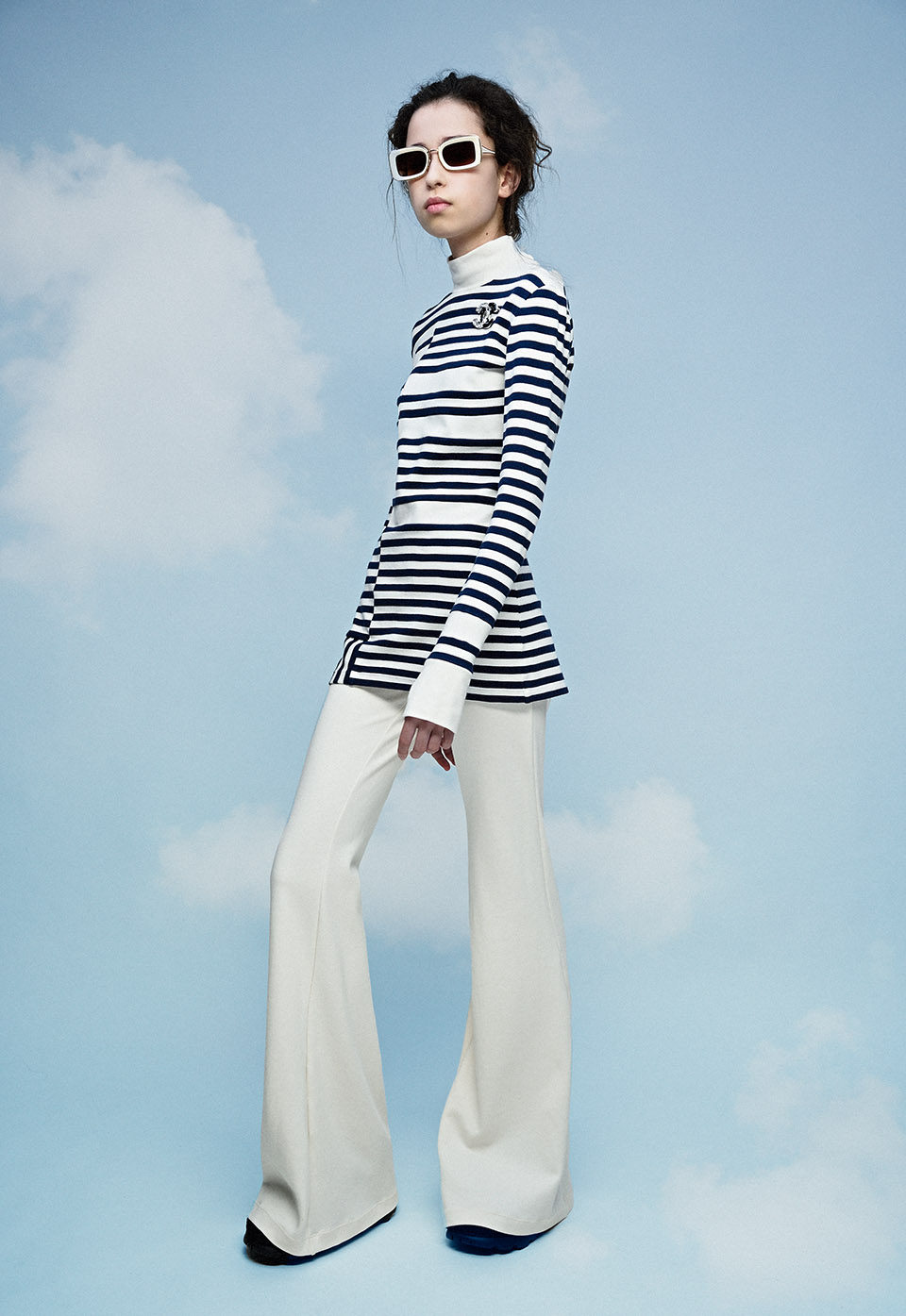

Nika Van Antwerp on her label…
The collection “Nika Van Antwerp – clothing for good” was founded on the belief that a change in our habits of consuming and wearing clothes is essential for our future.
I am living my passion and joy of creating high-quality clothing with an ethical and sustainable demand, thereby respecting the natural resources of this earth, as well as all humans, animals and our environment. I mainly use high-quality ethical fabrics, such as controlled organic cotton and finest Italian boiled merino sheep wool from controlled organic animal husbandry. This wool is only gained from living sheep according to an animal husbandry that is appropriate to the species.
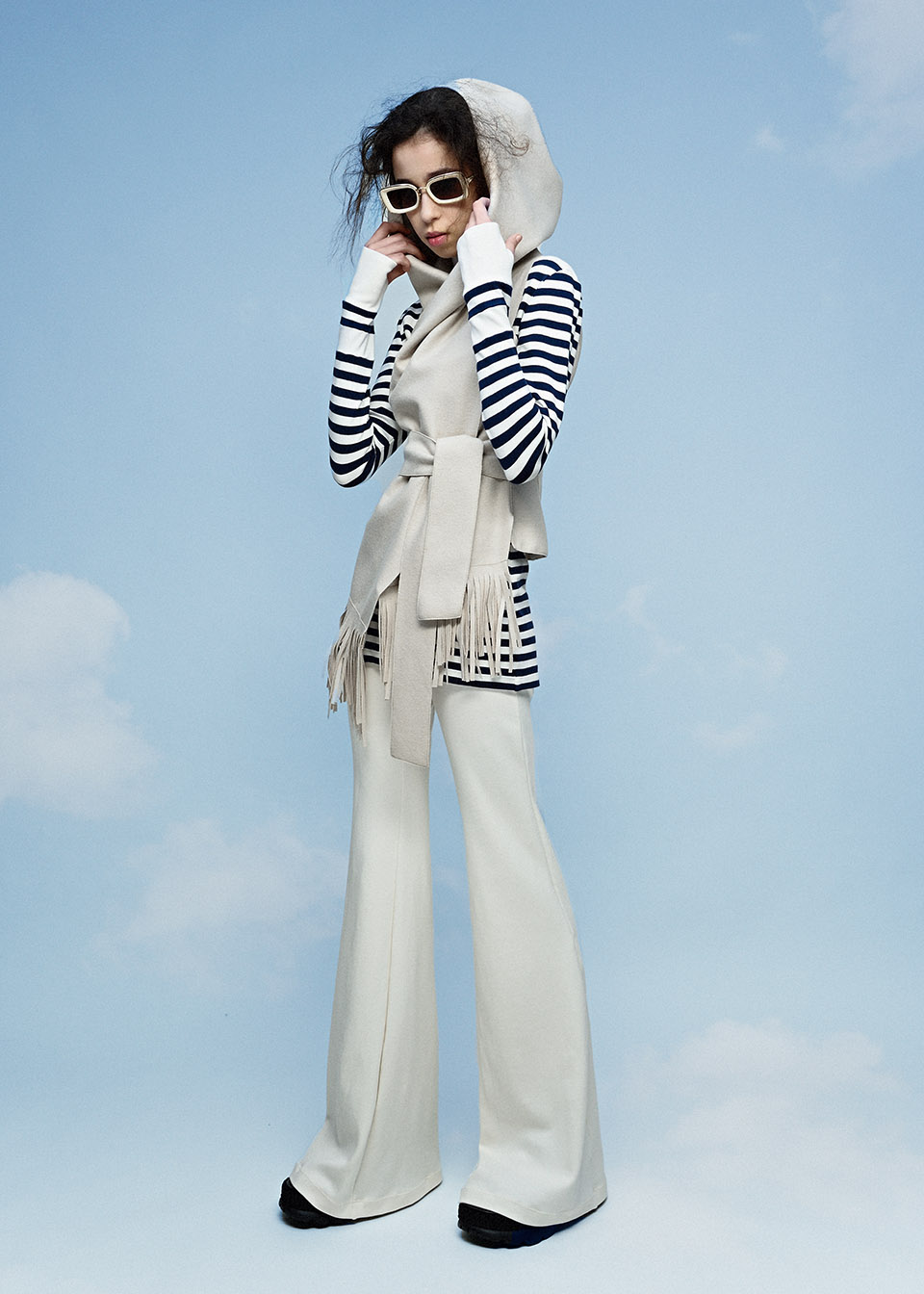
Crafted by hand:
natural materials from head to toe
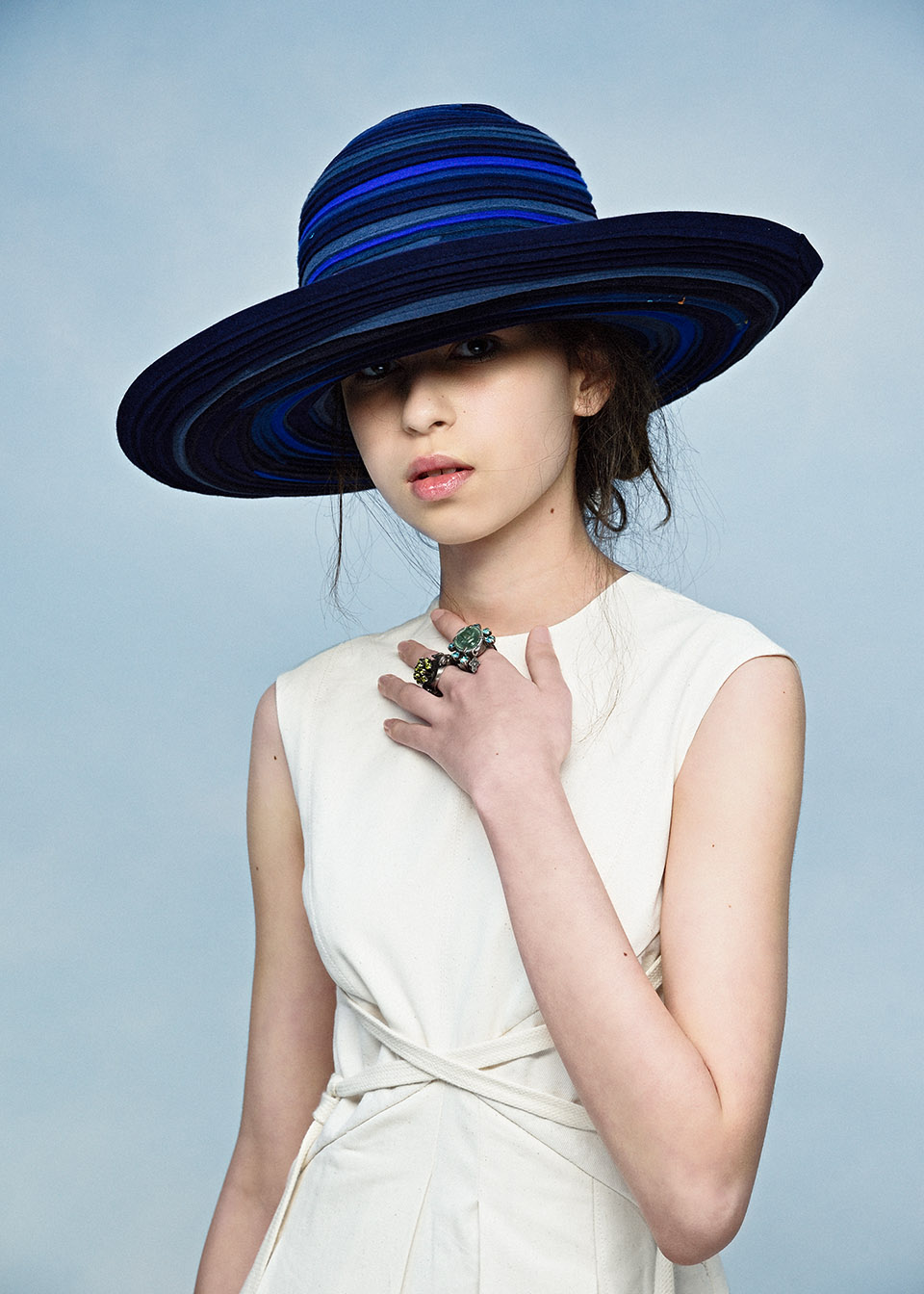

Nika van Antwerp on clothing waste and the need to reduce…
By crafting thoughtfully and according to a demand, I offer clothing that people can develop a deeper relationship with. I believe that wearing handmade products makes a difference in how we treat what surrounds us and what we surround ourselves with.
I love the idea of “reuse, rework and remain”, I believe that the concept of “reduce” is another very important subject we all should think about.
Sustainably sourced:
organic cotton and reworked denim

Made to last:
classic style produced in Europe
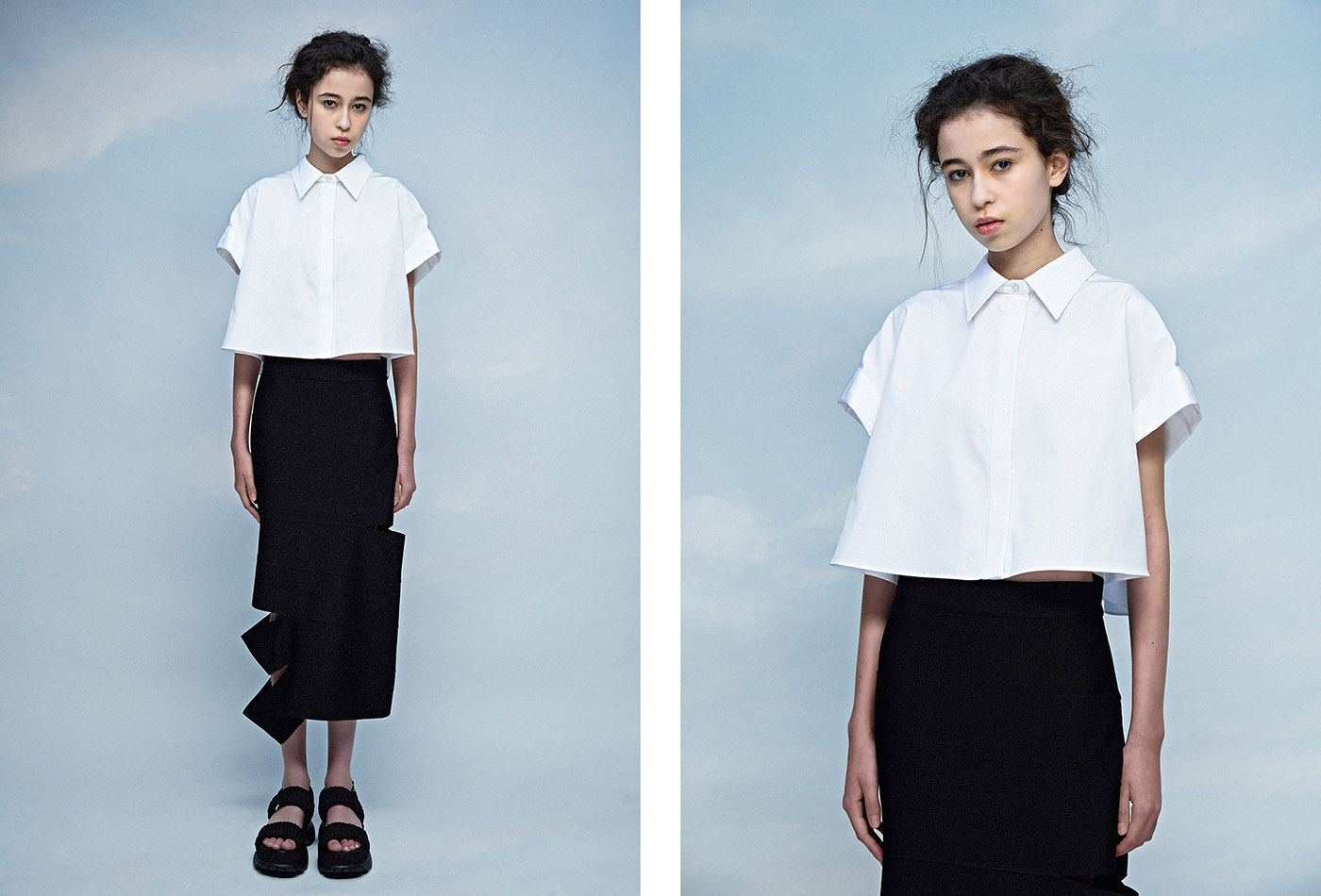
Materials matter:
certified wool and organic cotton

Be fair:
consideration for people and planet

NOËN on fair mining…
From the beginning, we firmly believed that one day there would have to be a seal for jewellery with Fairtrade-certified gold in Germany. … We travelled to the gold mines in South America ourselves to buy ecologically and sustainably extracted gold for our jewellery – and to learn there what it really means to mine for the valuable raw material in harmony with nature. When the Fairtrade seal for gold was finally introduced in Germany in 2015, noën was one of the first German jewellery companies to be certified.
Reposessed material:
independent meets global
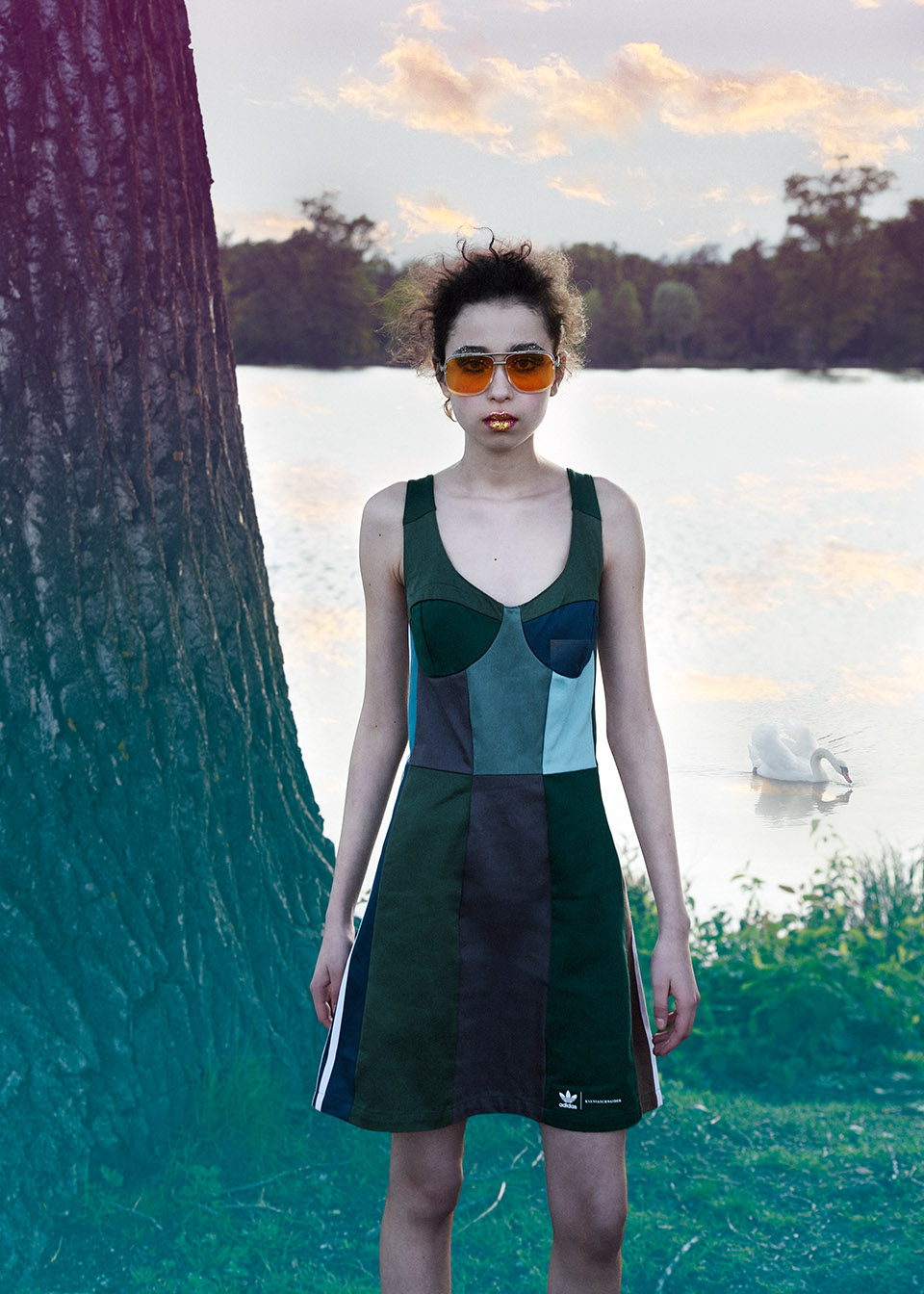
Ksenia Schnaider about her collaboration with adidas…
KSENIASCHNAIDER x adidas originals collaboration was born out of a shared passion for creativity, innovation, and sustainability. Combining KSENIASCHNAIDER signature designs in recycled materials and adidas technical expertise in sportswear, the new collection explores how clothing can bring people together and create a sense of community.

Ukrainian designer Ksenia Schnaider about Ukraine and how we can help…
One effective way to help Ukraine now is sharing current news and updates about the situation. Support organizations that are working to help people affected by the conflict, such as providing aid to refugees or working towards rebuilding damaged areas. Together as a global community we can support and uplift each other, especially during these dark times.
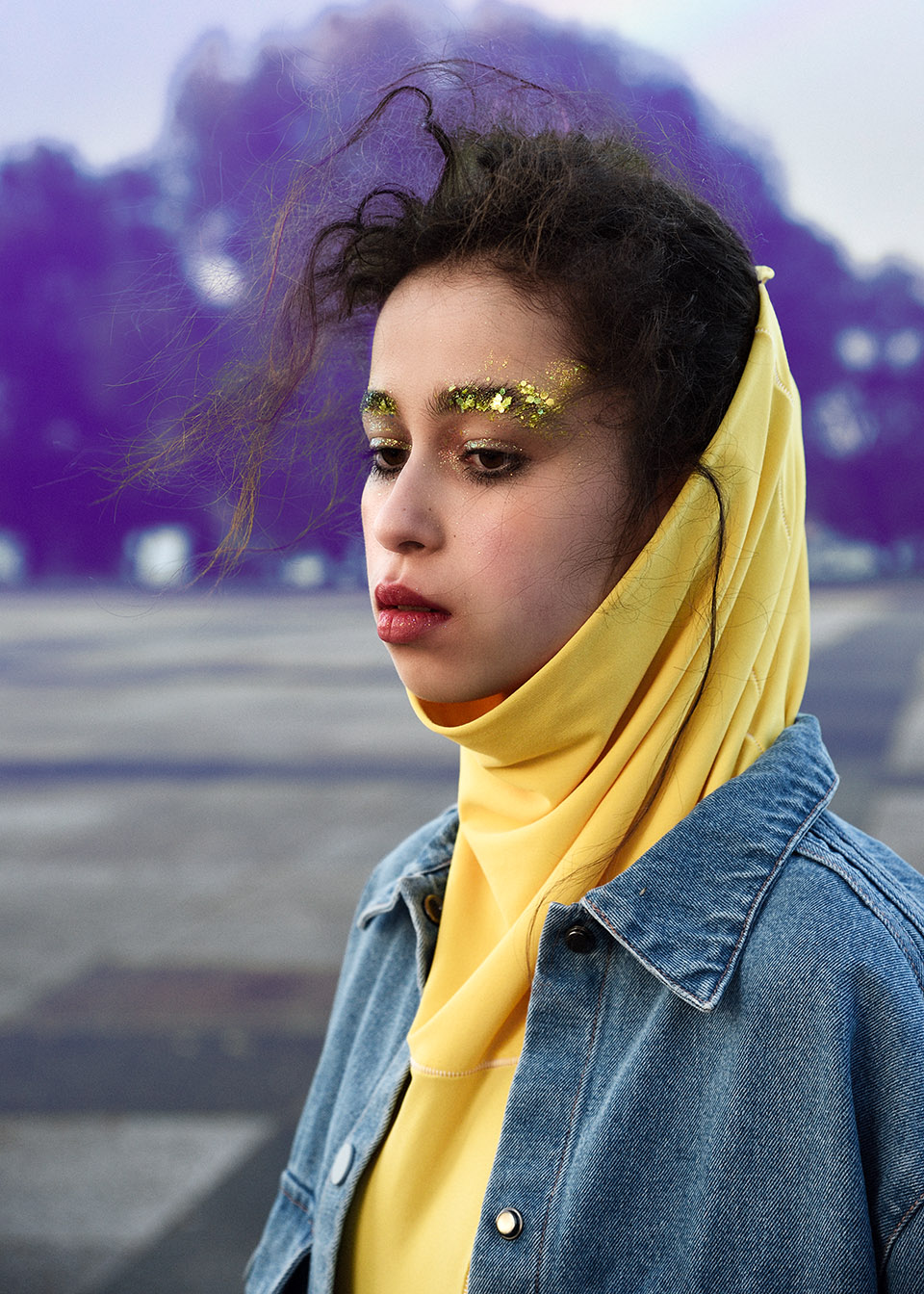
Ksenia Schnaider on KSENIASCHNAIDER…
Best known as a sustainable denim brand KSENIASCHNAIDER transformed old denim pieces into new, fashion-forward designs, which helps to reduce waste and promote a more sustainable approach to fashion. Also the brand places a strong emphasis on quality and longevity, with a focus on creating pieces that are designed to last. This helps to reduce the amount of clothing that is discarded and ends up in landfills each year.
FASHION REFERENCES
ADIDAS
@adidasoriginals
for
ADIDAS BY STELLA MCCARTNEY
ADIDAS x KSENIASCHNAIDER
DIVAS OF VINTAGE @divasofvintage
for vintage
CHANEL @chanelofficial
CHRISTIAN LACROIX @fkachristianlacroix @lacroixofficiel
JEAN PAUL GAULTIER @jeanpaulgaultier
PUCCI @emiliopucci
EMERSON RENALDI @emersonrenaldi
for
ALEXANDER MCQUEEN @alexandermcqueen
GALERIE VOIGT @galerievoigt
for
BRIGITTE ADOLPH @brigitteadolph
NOËN Jewellry
NIESSING @niessing
NIKA VAN ANTWERP @nikavanantwerp
NON SEN SE upcycling @non.sen.se.upcycling
OSTWALD Finest couture @ostwald_bags
RÄDER & RÄDER @raederundraeder
for exclusive eyewear of
CAZAL @cazal_official
CHANEL @chanelofficial
MATSUDA @matsudaeyewear
STELLA MCCARTNEY @stellamccartney
RICARDO PRETO @ricardopretoofficial
SHAKE @shakefashionmix
for
ACNE STUDIOS @acnestudios
GANNI @ganni
MONCLER @moncler
WEAT Bags @weat
SPATZ HUTDESIGN PASSAU @spatzhutdesignpassau
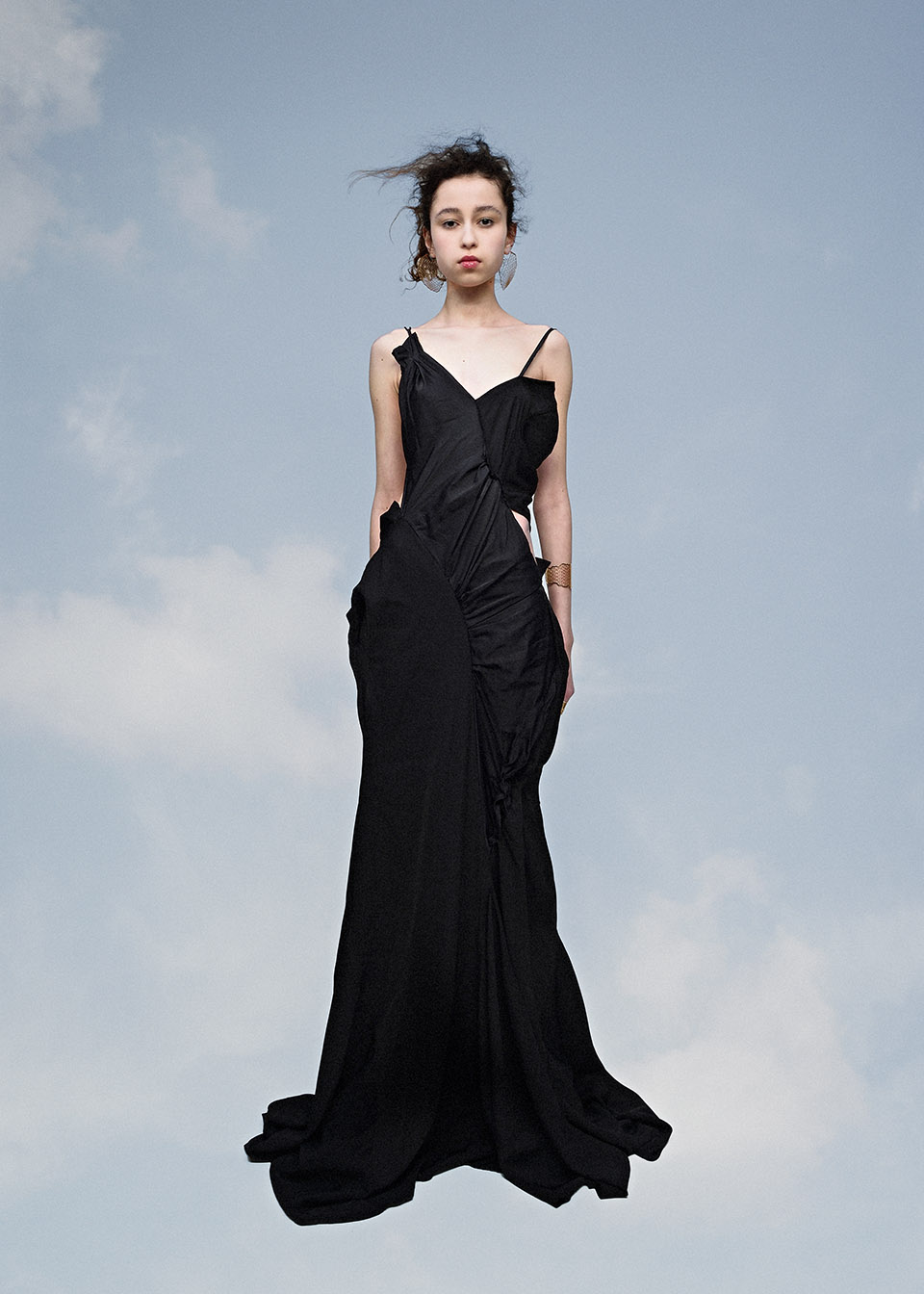
[divider style=”solid” top=”20″ bottom=”20″]
To boot…
Check out our Beauty behind the scenes: REUSE, REWORK, REMAIN to learn all about Antonia Rosa’s beauty and creative approach for the editorial.





